Transforming your home into a space that seamlessly blends modernity with the charm of yesteryear can be both an art and a science. Antique decor tips offer a unique way to infuse personality and history into your living spaces, creating a visually captivating environment that feels both familiar and fresh. Whether you’re aiming to refresh a traditional living room or add a touch of nostalgia to a sleek bedroom, the allure of vintage decor lies in its ability to tell stories and evoke emotions. This guide delves into expert decorating strategies, exploring how to mix modern and vintage styles to craft a home that feels timeless yet distinctly yours. From understanding the 100-year rule for antiques to avoiding common pitfalls, we’ll walk you through the ins and outs of working with vintage pieces, ensuring your home reflects your personal style while staying ahead of current design trends. With practical tips, inspiring ideas, and insights into the latest in antique collecting, this comprehensive guide is your go-to resource for creating a vintage-inspired space that wows.
Key Takeaways
- Define Your Style: Identify the era or design aesthetic you wish to embody, whether it’s mid-century modern, bohemian, or Art Deco, to guide your decor choices.
- Source Vintage Pieces: Explore platforms like Retro Sales, Etsy, eBay, and local flea markets for authentic items to incorporate into your space.
- Choose a Muted Color Palette: Opt for earthy tones like deep reds and greens to create a warm, inviting environment.
- Select Key Furniture and Accessories: Invest in statement pieces from DWR, House of Fabrics, and Ruggable, and accessorize with vintage clocks and throw pillows.
- Incorporate Textures: Layer textures with vintage rugs, blankets, books, and records to enhance your home’s character.
- Add Wall Art: Frame vintage photographs, maps, and use vintage-inspired wallpaper to create a cohesive look.
- Personal Touches: Repurpose family heirlooms and incorporate vintage jewelry for a unique, personal flair.
- Layer Lighting: Use vintage-inspired lighting from West Elm and CB2 to enhance ambiance.
- Mix Modern and Vintage Pieces: Balance with the 80/20 rule, using 80% modern and 20% vintage items for a harmonious blend.
- Complementary Colors: Opt for neutrals with pops of color from vintage accents like deep reds or greens.
- Layer Textures Thoughtfully: Contrasting textures like wood grain and metallic finishes with modern surfaces.
- Furniture Placement Strategy: Arrange antiques alongside modern pieces to match in scale and proportion.
- Highlight with Lighting: Use statement lighting and chandeliers to emphasize antique elements.
- Add Art and Accessories: Frame vintage artwork and use vintage vases for seamless blending.
- Accessorize with Vintage-Inspired Pieces: Introduce keys, clocks, and trays that align with a modern aesthetic.
- Consider Functionality: Ensure antiques are usable today, like vintage-inspired fabrics for curtains.
- Budget-Friendly Tips: Gradually replace modern items with antiques to stay within budget.
- Embrace Wood Tones: Use rich finishes like mahogany or walnut for a classic look.
- Opt for Muted Color Palettes: Use earthy tones to create a warm environment.
- Utilize Inspired Lighting: Install chandeliers with filament bulbs for a nostalgic glow.
- Rugs and Textiles: Add vintage-looking rugs and drapes with traditional patterns.
- Display Heirlooms: Showcase photographs, letters, and travel souvenirs framed on walls.
- Incorporate Patterns and Textures: Adorn walls with floral wallpaper and fabric designs.
- Minimize Clutter: Keep spaces clutter-free to highlight vintage pieces.
- Accessorize Thoughtfully: Use vintage jewelry and mirrors with ornate frames.
- Vintage Car/Bicycle Decor: Incorporate imagery as wall art for a nostalgic touch.
- Vintage Kitchen/Bathroom Elements: Use enamel cookware and vintage towels for a rustic charm.
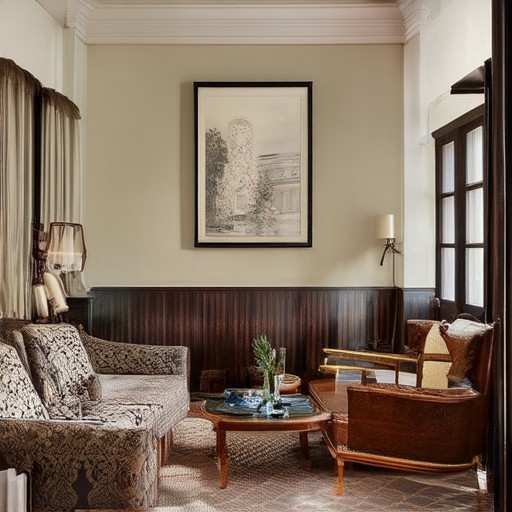
Understanding the 100-Year Rule for Antiques
The term “antique” typically refers to items that are at least 100 years old and are in original, unaltered condition. This rule has been commonly accepted for most collectible items, though exceptions exist depending on the type of object.
Exceptions to the Rule
- Motor Vehicles: Some definitions allow automobiles to be considered antiques at just 25 years old. This is due to the rapid pace of technological advancements in the automotive industry.
- Cultural and Historical Significance: Items that hold special cultural or historical value may be considered antiques regardless of their age, though this is less common.
Applying the Rule
For most objects, the 100-year rule remains a standard criterion. Here are some examples:
- Furniture: A piece dating back to the late 1800s or early 1900s would likely qualify as an antique.
- Jewelry: Items from the Art Deco era (early 20th century) or earlier are often classified as antiques.
- Books: First editions from the 19th century or earlier are considered antiques.
Modern vs. Antique
Items from the last 100-150 years are generally considered too recent to be classified as antiques. Modern designs and technologies often set these apart from true antiquities.
Preserving Antiquity
When evaluating an item as an antique, condition is crucial. Original, undamaged pieces are preferred, though some restorations may still qualify depending on the item’s historical significance.
Collecting with Care
For those interested in building a vintage collection, platforms like Retro Sales offer a curated selection of rare and unique items. Explore our collection to discover pieces that tell the story of yesterday.
Remember, the 100-year rule is a guideline, and the true value of an item often lies in its history, craftsmanship, and cultural impact. Happy hunting!
What Should You Not Do with Antique Furniture?
Antique furniture is a valuable asset, and treating it with care is essential to preserve its condition and value. Here are some common mistakes to avoid:
- Never Use Harsh Chemicals: Cleaning solutions with strong chemicals, such as bleach or ammonia, can damage the finish or weaken the wood. Opt for mild, pH-neutral detergents or natural cleaning options.
- Avoid Excessive Water: Moisture can warp, crack, or discolor wood. Wipe down surfaces with a damp cloth and allow them to air dry completely.
- Don’t Use Abrasive Cleaners: Tools like steel wool or wire brushes can scratch finishes or remove layers of varnish. Stick to soft cloths or erasers.
- Never Overclean: Overzealous cleaning can strip away finishes or leave residue. Focus on gentle dusting and spot-cleaning.
- Steer Clear of Heat: High temperatures can cloud or damage wood finishes. Keep furniture away from direct sunlight and heat sources.
- Don’t Move Heavy Pieces Without Support: Antiques can be unstable. Always use sliders or dollies and lift from under the furniture to avoid denting floors or damaging the piece.
- Avoid Improper Handling: Knocks, impacts, or rough handling can cause dents, scratches, or warping. Handle with care to prevent damage.
- Never Attempt Major Repairs Yourself: Restoration requires specialized skills. Unauthorized fixes can lead to irreversible damage. Consult a professional restorer if repairs are needed.
- Don’t Ignore Maintenance: Regular dusting, polishing, and applying furniture polish can keep your antiques looking their best. Use products designed for antiques to avoid harm.
By avoiding these common pitfalls, you can extend the life and beauty of your antique furniture while maintaining its historical integrity.
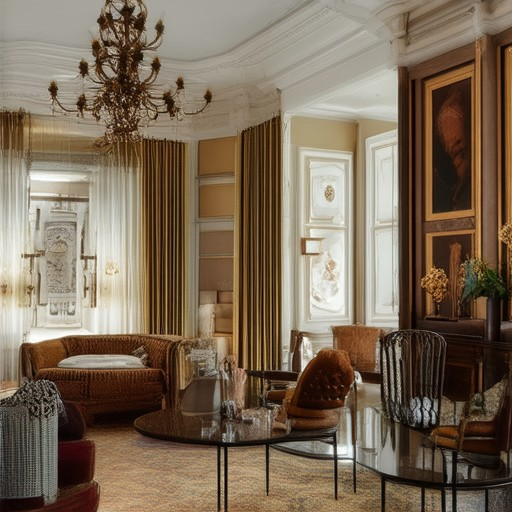
What is Hot in Antiques Right Now?
Antique markets and collector circles are buzzing with excitement over several emerging trends. Here’s a breakdown of what’s currently popular:
- Mid-Century Modern Furniture : This style is experiencing a huge resurgence. Characterized by clean lines, organic forms, and bold colors, Mid-Century Modern pieces are highly sought after for their timeless appeal and historical significance.
- Vintage Jewelry : Art Deco and Edwardian-era jewelry continues to dominate auctions and online marketplaces. Collectors are drawn to the intricate craftsmanship and historical value of these pieces.
- Taxidermy : Preserved animal specimens are becoming a popular collectible. From museum-quality pieces to quirky roadside attractions, taxidermy offers a unique window into natural history and artistic skill.
- Estate Jewelry : High-end, handcrafted jewelry from earlier centuries is in high demand. These pieces often come with rich histories and are highly valued for their craftsmanship and gemstone work.
- Vintage Watches : Luxury timepieces from iconic brands like Rolex, Patek Philippe, and Cartier are fetching record prices at auctions. Their combination of mechanical artistry and historical significance makes them highly desirable.
- Mid-Century Glassware and Ceramics : Bold, vibrant designs from the mid-20th century are gaining traction. These pieces are not only visually striking but also highly functional, appealing to decorators and collectors alike.
- Rare Books and Manuscripts : First editions, historical documents, and signed letters are sought after by bibliophiles and historians. These items often command high prices due to their rarity and cultural significance.
These trends highlight a growing appreciation for craftsmanship, history, and uniqueness. Whether you’re a seasoned collector or just dipping your toes into the world of antiques, these items promise to add character and storytelling potential to any space.
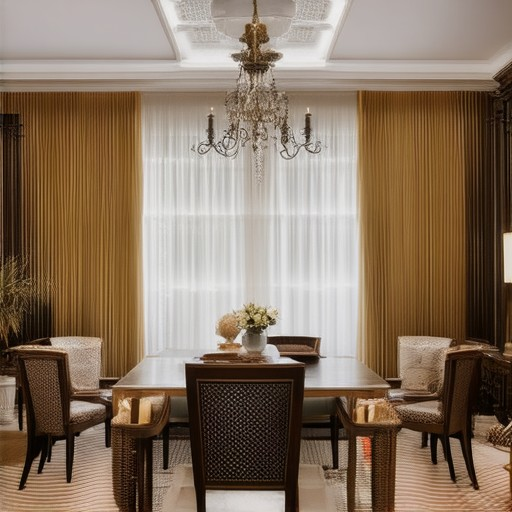
How to Incorporate Vintage Decor
To effectively incorporate vintage decor into your space, follow these organized steps:
- Define Your Style:** Identify the era or design aesthetic you wish to embody. Whether it’s mid-century modern, bohemian, or Art Deco, knowing your style guides your choices.
- Source Vintage Pieces:** Explore curated platforms like Retro Sales for authentic vintage items. Consider visiting local flea markets or antique stores for unique finds.
- Choose a Color Palette:** Opt for muted tones and earthy hues typical of vintage aesthetics. Use these colors to paint walls or accessorize with vintage textiles and artwork.
- Select Key Furniture and Accessories:** Invest in statement pieces like a vintage sofa from DWR . Add vintage clocks, plants in vintage pots, and throw pillows from The House of Fabrics .
- Incorporate Textures:** Layer textures with vintage rugs from Ruggable and vintage blankets. Display vintage books and records thoughtfully.
- Add Wall Art:** Frame vintage photographs or maps from Society6 and hang them prominently. Consider vintage-inspired wallpaper for a cohesive look.
- Personal Touches:** Repurpose family heirlooms or incorporate vintage jewelry as decorative elements. This adds a unique, personal flair to your space.
- Layer Lighting:** Enhance ambiance with vintage-inspired lighting from West Elm and CB2 . Use table lamps and string lights for added warmth.
By following these steps, you can seamlessly integrate vintage elements into your home, creating a space rich in character and history. Remember to explore various sources, including Etsy for handmade pieces and eBay for a broader selection.
How to Mix Antiques with Modern Decor
Mixing antiques with modern decor requires a thoughtful approach to ensure harmony and cohesion. Here’s a step-by-step guide to achieving this blend effectively:
- Adopt the 80/20 Rule:** To balance the mix, aim for 80% modern pieces and 20% vintage items. This ratio ensures that the room feels contemporary while incorporating subtle antiquity.
- Choose Complementary Colors:** Opt for a monochromatic palette with neutrals as the base. Introduce pops of color from vintage accents, such as deep reds or greens, to add warmth without clashing with modern tones.
- Layer Textures Thoughtfully:** Incorporate textures like wood grain, metallic finishes, or velvet upholstery from antiques to contrast with sleek modern surfaces. Use rugs or drapes with traditional patterns to tie the styles together.
- Furniture Placement Strategy:** Arrange antiques alongside modern pieces, ensuring they complement each other in scale and proportion. Place vintage chairs near contemporary sofas or use an antique console table as a modern centerpiece.
- Highlight with Lighting:** Use statement lighting like vintage lamps or chandeliers to emphasize antique elements. Pair these with modern ceiling lights to balance the ambiance.
- Add Art and Accessories:** Frame vintage artwork or mirrors with simple, clean frames to blend seamlessly with modern decor. Use vintage vases or bowls as decorative accents.
- Accessorize with Vintage-Inspired Pieces:** Introduce smaller vintage items like keys, clocks, or trays that align with a modern aesthetic. These can add character without overwhelming the space.
- Consider Functionality:** Ensure that antiques are functional in today’s setting. Use vintage-inspired fabrics for curtains or pillows that have a modern twist to maintain comfort and usability.
- Budget-Friendly Tips:** Start with a few key vintage pieces and gradually integrate more. Replace modern items with antiques in phases to stay within budget while achieving a cohesive look.
By balancing these elements, you can successfully merge antiques with modern decor, creating a stylish and timeless interior.
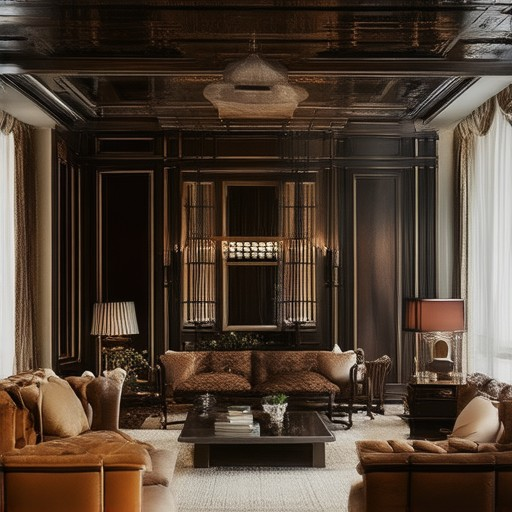
How to Make Your Home Look Vintage
To transform your home into a vintage haven, consider the following steps:
- Embrace Wood Tones : Incorporate wooden furniture with rich, natural finishes. Darker tones like mahogany or walnut evoke a classic, vintage aesthetic. Consider vintage-inspired pieces from Etsy or local flea markets.
- Opt for Muted Color Palettes : Use earthy tones such as deep reds, greens, and browns. Introduce these colors through throw pillows, curtains, and wall art to create a warm, inviting environment.
- Utilize Antiquity-Inspired Lighting : Install chandeliers or pendant lights with filament bulbs for a warm, golden glow. These fixtures add a touch of elegance and nostalgia.
- Rugs and Textiles : Add vintage-looking rugs, such as Persian rugs, to enhance texture and warmth. Drapes with heavy fabrics, featuring patterns or fringes, can contribute to a classic feel.
- Display Family Heirlooms and Memorabilia : Showcase cherished items like photographs, letters, or travel souvenirs. Frame these memories to hang on walls or arrange them in meaningful displays.
- Incorporate Patterns and Textures : Adorn walls with floral wallpaper or fabric with intricate designs. Subtle patterns can complement other elements without overwhelming the space.
- Minimize Clutter and Opt for Minimalism : Keep spaces clutter-free to highlight vintage pieces. Arrange furniture around a central focal point, like a fireplace or built-in bookshelf, to create balance and coziness.
- Accessorize Thoughtfully : Use vintage-inspired jewelry or watches as decorative elements. Mirrors with ornate frames can reflect light and add a touch of elegance.
- Vintage Car and Bicycle Decor : Incorporate vintage car or bicycle imagery as wall art or sculptures for a nostalgic touch, ensuring it aligns with your overall theme.
- Vintage Kitchen and Bathroom Elements : Use enamel cookware, cast iron pans, and mismatched dishes for a rustic charm. Vintage-style towels and bath mats can add a classic touch to bathrooms.
By thoughtfully integrating these elements, you can create a vintage ambiance that feels timeless and uniquely yours.
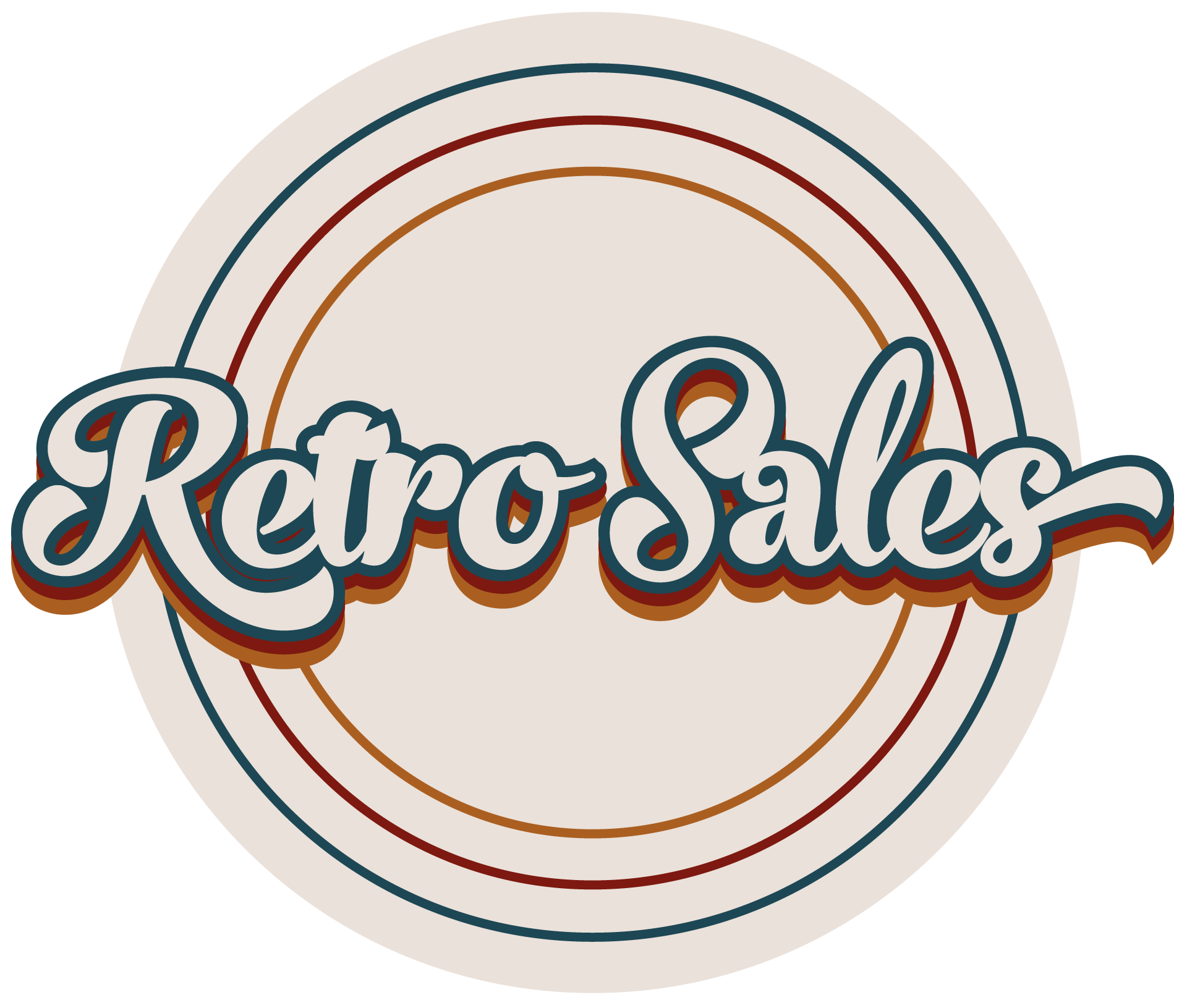
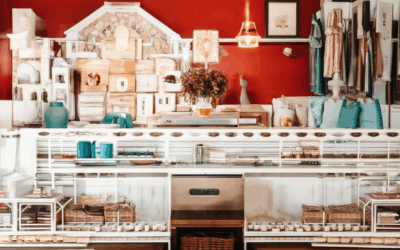
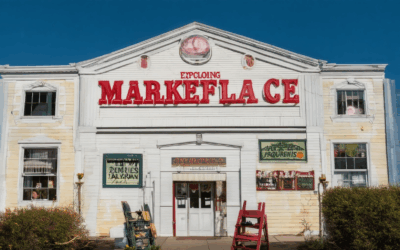
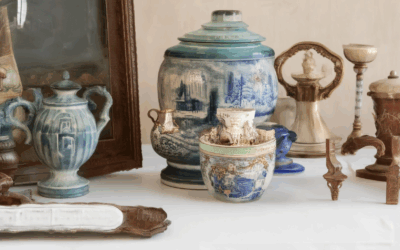
0 Comments